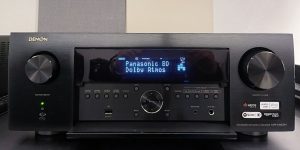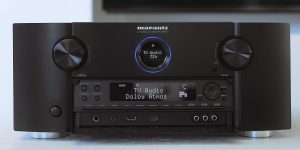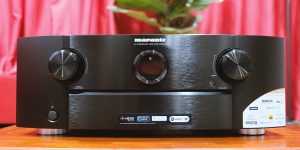When it comes to creating the perfect home theater, one of the important decisions you’ll face is whether to choose a wired or wireless surround sound system. Each approach has unique advantages and disadvantages, so how do you determine which is right for your needs? Don’t worry; I’m here to share my knowledge and insights from years of testing and reviewing home audio/video equipment.
In this article, we’ll explore the world of wired and wireless surround sound speakers, discuss the pros and cons of each type of system, and hopefully help you make an informed choice. So, without further ado, let’s dive in!
Wired surround sound systems

In a wired surround sound system, all the speakers are physically connected to the AV receiver or amplifier via speaker cables. This traditional setup has been a staple in home theaters for decades, and for a good reason. But what are the pros and cons of going the wired route?
Pros of wired surround sound systems:
- Audio quality: In my experience, wired surround speaker setups usually deliver superior audio quality compared to their wireless counterparts. This is due to the direct connection between the speakers and the receiver, which ensures a clean and stable signal transmission.
- Compatibility with high-resolution audio formats: Wired systems are often more compatible with high-resolution audio formats like Dolby Atmos and DTS:X. This is because these formats require a high bandwidth connection, which wired setups can provide.
- Lack of interference or signal dropouts: Since wired systems don’t rely on wireless signals, they are not susceptible to interference from other devices or signal dropouts due to distance or obstacles.
Cons of wired surround sound systems:
- Installation can be complex: Depending on your speaker configurations and room layout, installing a wired system may be time-consuming and require some expertise.
- Requires running cables through walls or under carpets: For a clean and tidy setup, you’ll likely need to run speaker cables through walls or under carpets, which can be challenging and potentially costly if you’re not a DIY expert.
- Limited flexibility in speaker placement: Wired systems can restrict your options for speaker placement, as you need to consider cable length and management.
I can conclude that wired surround sound systems offer distinct advantages in terms of audio quality. However, they can present challenges in installation and may limit your options for speaker placement.
Wireless surround sound systems

On the other hand, wireless surround sound systems use wireless technology to transmit audio signals from the AV receiver to the speakers. This type of setup has gained popularity in recent years due to its convenience and flexibility. Let’s examine the pros and cons of wireless surround speaker setups.
Pros of wireless surround sound systems:
- Easy installation and setup: Wireless systems are generally easier to install and set up than wired systems, making them a popular choice for those who want a hassle-free experience.
- Greater speaker placement flexibility: Without speaker cables, you have more freedom to place your speakers wherever you’d like in the room.
- No need to run cables through walls or under carpets: There’s no need to worry about cable management because there are no physical connections between the speakers and the receiver.
Cons of wireless surround sound systems:
- Audio quality may not be as good as wired systems: While wireless technology has come a long way, the audio quality in a wireless system might not be on par with that of a wired system, especially regarding high-resolution audio formats.
- Susceptible to interference or signal dropouts: Wireless systems can be affected by interference from other devices, and signal strength may weaken with distance or obstacles.
- Compatibility issues with certain audio formats: Some wireless systems may not support all audio formats, so checking compatibility is important before deciding.
In conclusion, wireless surround sound systems provide a convenient and flexible alternative to traditional wired systems. With easy installation, greater freedom in speaker placement, and no need to manage cables, they offer an appealing solution for many home theater enthusiasts. However, it’s essential to be aware of potential compromises in audio quality and susceptibility to interference or signal dropouts.
Comparison of wired vs wireless surround sound systems
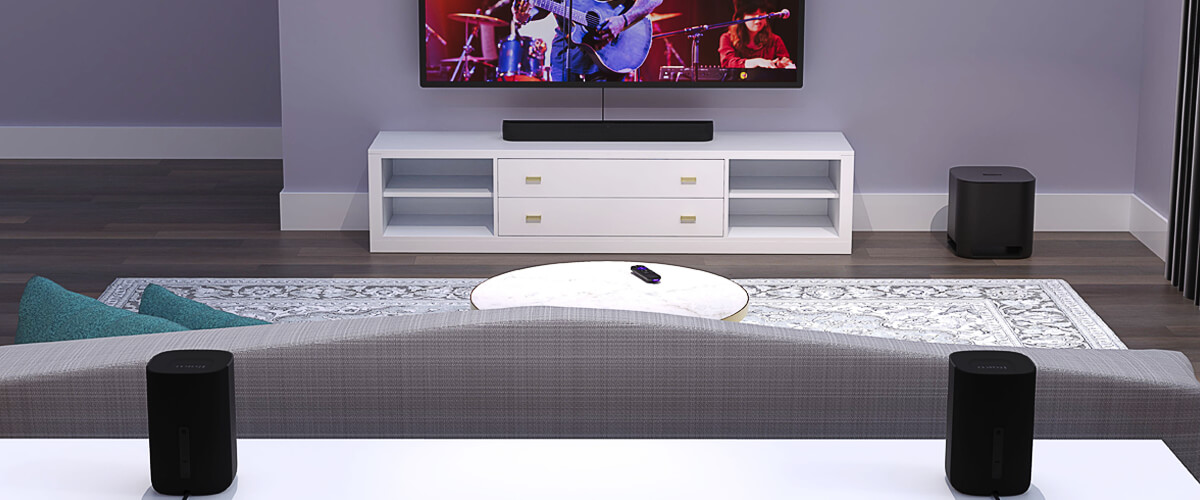
When choosing between wired and wireless surround sound systems, weighing the advantages and disadvantages is important. In this section, we’ll comprehensively compare the two types of systems to help you make an informed decision.
| Compare | Wired system | Wireless system |
|---|---|---|
| Audio quality | Superior audio quality, stable signal transmission | Good audio quality, potential degradation due to interference or limitations |
| Installation and setup | More complex and time-consuming, may require expertise or professional help | Easier and quicker, minimal need for cable management |
| Speaker placement flexibility | Limited by cable length and management considerations | Greater flexibility, no physical connection restrictions |
| Interference and signal dropouts | Immune to interference and signal dropouts | Susceptible to issues, but modern systems include features to minimize them |
| Compatibility with audio formats | Better compatibility with high-resolution formats, high bandwidth connections | Varies; verify compatibility with specific formats before purchasing |
Factors to consider when choosing a system:
| Factor | Wired system | Wireless system |
|---|---|---|
| Your budget | Lower initial cost, but potential expenses for installation | Higher initial cost but minimal installation expenses |
| Room layout | May require complex installation for specific room configurations | Easier installation, better suited for unique room layouts |
| Audio quality preferences | Superior audio quality, better support for high-resolution formats | Good audio quality, but may not match wired systems |
| Aesthetic preferences | Requires cable management for a clean setup | Cleaner, cable-free setup |
By considering these factors and evaluating your specific needs and preferences, you can make an informed decision about choosing a wired or wireless surround sound system for your home theater. Despite the obvious merits of a wireless system, I would not recommend it as your primary choice. For me, the quality of sound transmission is important, and only a wired system can provide a smooth signal transmission. Everything else is a worthy compromise.
Final thoughts
I should note that wired and wireless surround sound systems have unique advantages and disadvantages. Considering your budget, room layout, sound quality preferences, and aesthetics, you can decide which system is better for your home theater. It’s up to you to decide how to enjoy the sound!

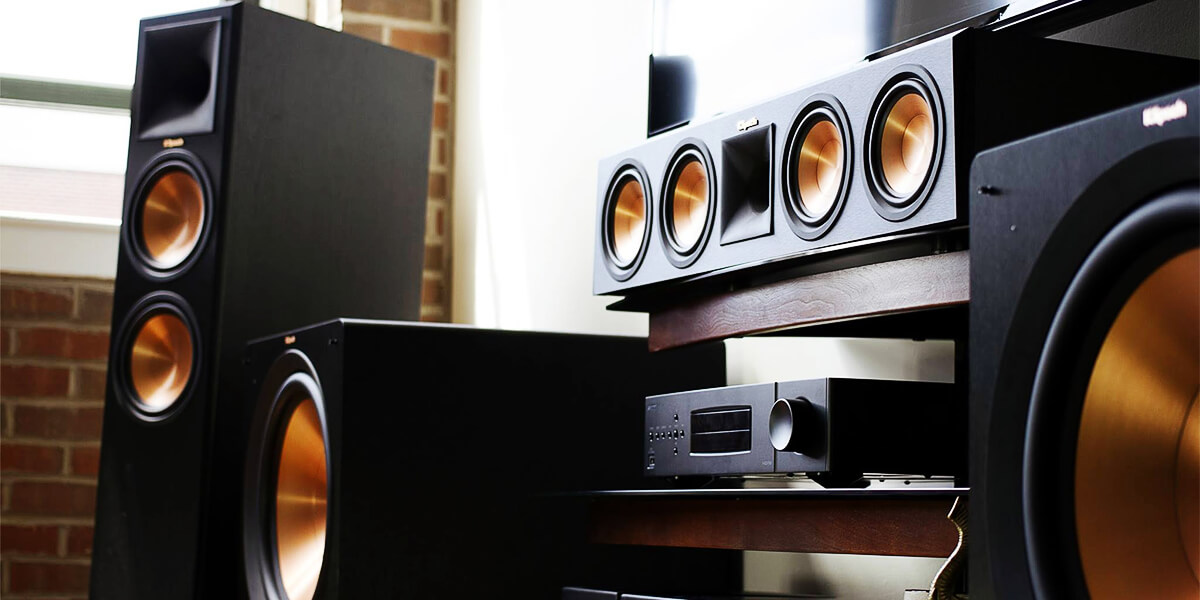


![Best 2-Channel Receiver [Expert Reviews and Buying Guide]](/wp-content/uploads/2023/11/best-2-channel-receiver-stereo-300x150.jpg)

